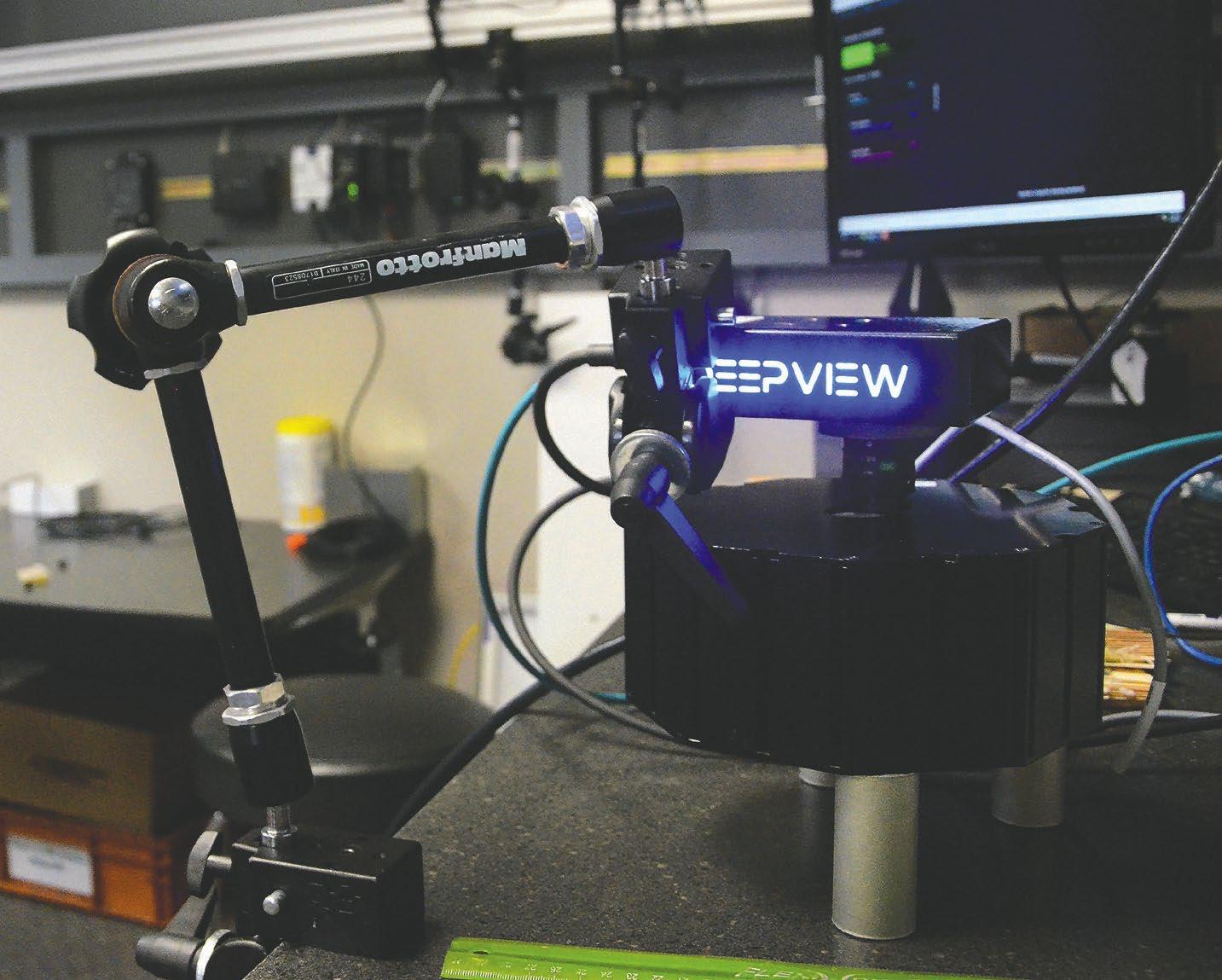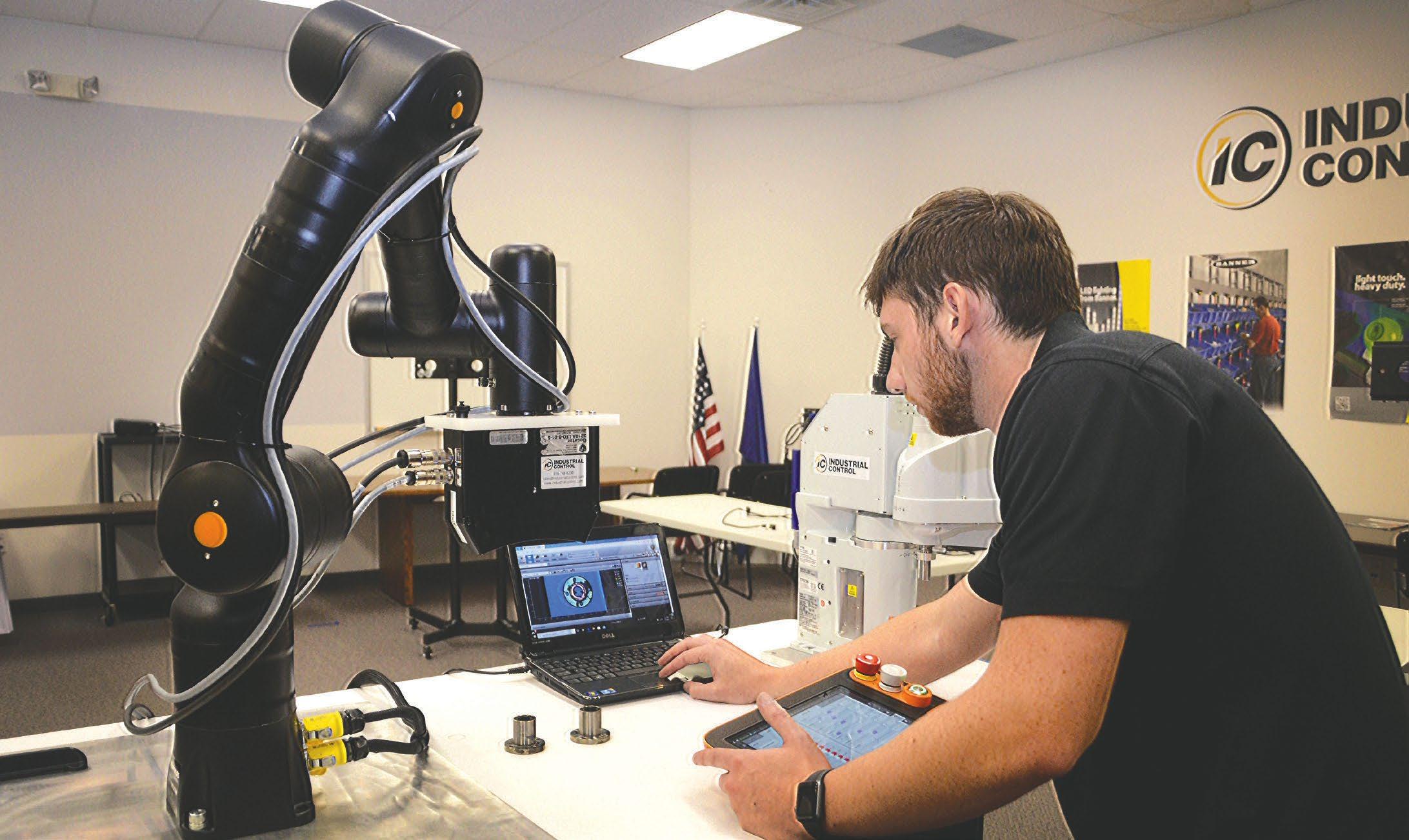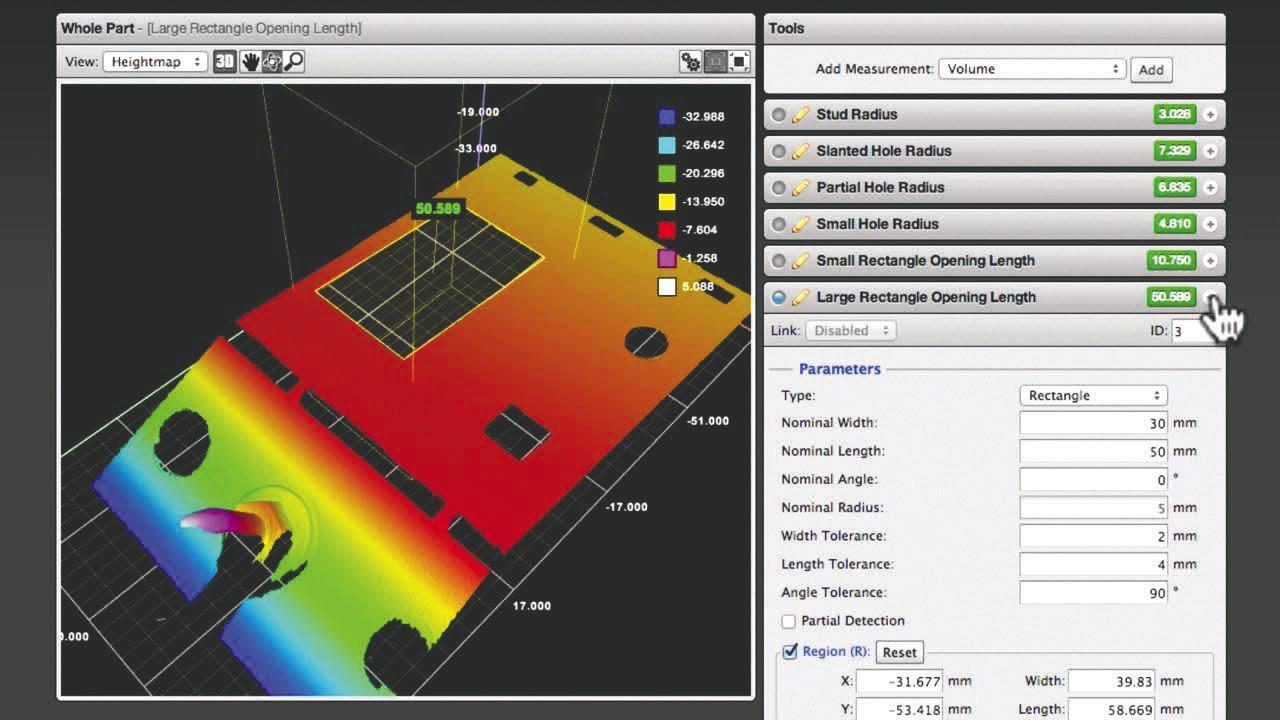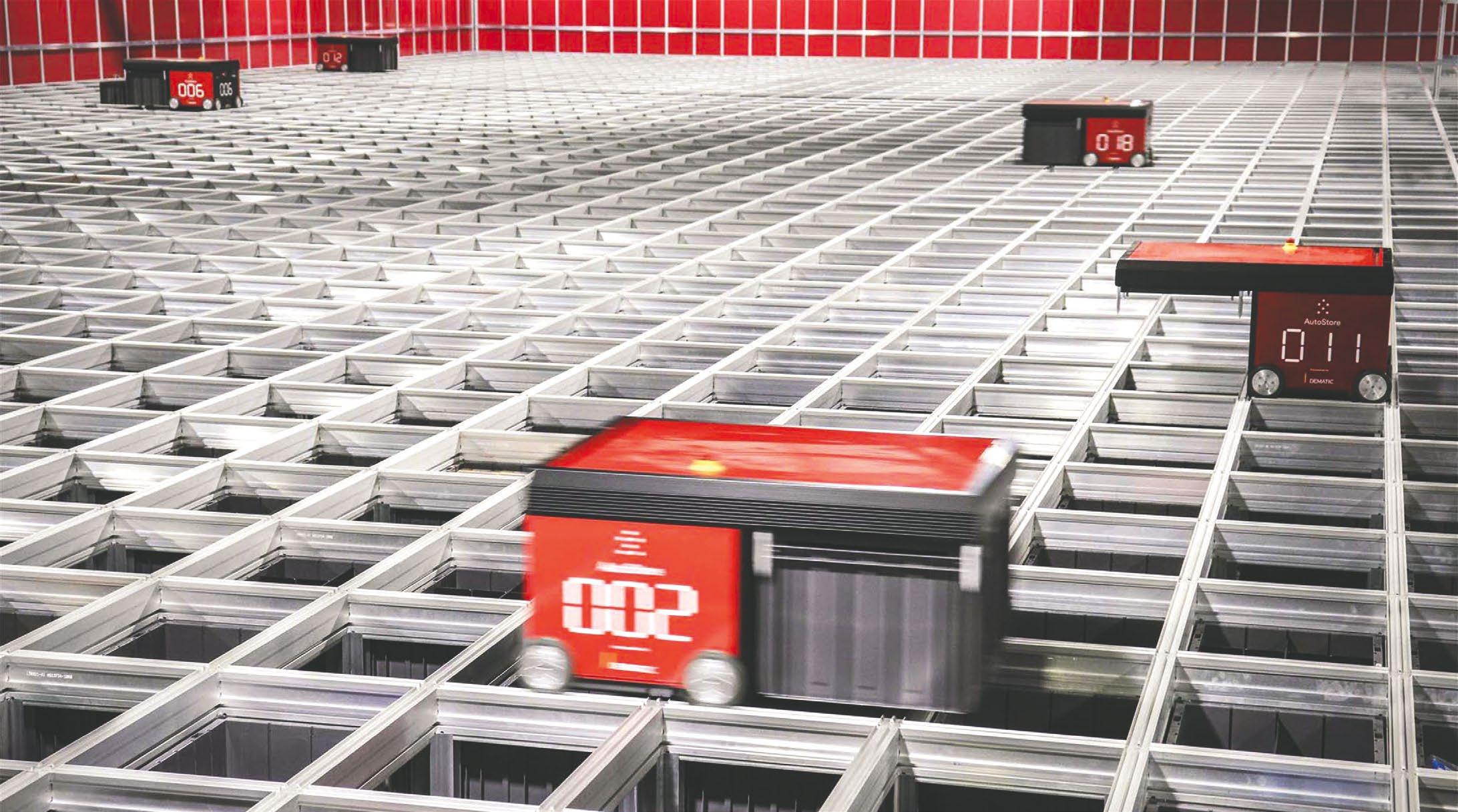
5 minute read
CLOSER LOOK: DEEPVIEW
Affordable, easy-to-use machine vision technology welcomed by manufacturers
From candy canes to wood grains, manufacturers that couldn’t afford to use machine vision and artificial intelligence to improve quality are now embracing those technologies as they have come down in price and become easier to use.
Advertisement
“I’ve been in the industry for 25 years, and there have been tremendous strides in cost, processing speed and resolution,” said Chris Hooper, Territory Manager – Midwest for LMI Technologies (USA) Inc. based in Royal Oak, Mich. “About 20 years ago this technology was largely cost prohibitive in industries like food processing and, to some extent, packaging and logistics.
Andy Reed, Vice President of Sales for DeepView Corp. in Mt. Clemens, Mich. concurred that both machine vision cameras and artificial intelligence software have come down dramatically in price, yet they offer blazing processing power packed into a small footprint. DeepView, a division of Automotive Dynamics Corp., makes the DeepView Ai smart camera in Michigan, and it employs its own smart cameras to inspect PCB boards that are used to make the products.
The DeepView AI camera being introduced at the Advanced Manufacturing Expo is a completely self contained unit that has computing power enough to perform 12 trillion operations a second, 1 terabyte of memory for retaining a million images, and the power of a server farm, Reed said. The cameras and AI software have been field tested for the last 18 months by partners such as Industrial Control in Zeeland. “DeepView AI gives the customer an intuitive web-based programming interface that can be deployed very quickly, all in a package that fits in the palm of your hand,” said Rick Slater, Senior Sales Engineer at Industrial Control who tested the camera package. “This technology puts AI machine vision inspection in reach for all companies, regardless of their budgets and technical capabilities.”
Reed said one company is using a DeepView AI camera to check real wood components used to assemble the interiors of highend automobiles.
“They have a variety of different hardwoods that are used in these vehicles, and they want to be able to tell the difference from woods such as oak, hickory and cherry,” he said, “and they want to make sure that the grain pattern matches piece to piece. A typical machine vision system can’t readily discern the difference in varieties of woods based on grain, but our system has been able to do it.”
Reed said his company has developed some impressive artificial intelligence software had made it easy to train the DeepView AI camera, without the need of a server or cloud, or designated PC with strong graphic computing. “In many manufacturing environments, if you need a designed computer for something, your IT department often needs to be involved – IT owns the computer,” Reed said. “With our system, it’s self contained, so there’s no IT overhead at all.”
Since it is a web-served architecture, the customer can use a computer, tablet or certain other web-enabled devices to connect with the DeepView via an IP address. When the connection is made, the user can set the parameters of the camera to obtain proper images of products so flaws can be detected. The camera can then be trained by showing it good and bad parts.
Machine vision systems like DeepView now pack more computing power in smaller footprints. PHOTO: KATY BATDORFF

Industrial Control engineer Rick Slater goes through a training process with DeepView system.
PHOTO: KATY BATDORFF
DeepView has taken a different path from other machine vision and AI companies in terms of licenses, server fees and development costs, Reed said. Some camera companies will allow customers to only run networks that have been developed for them, and they require customers to purchase a developer’s license if they want to create their own networks. That particularly can cause difficulties when a customer can buy only one license, but has several engineers to set up jobs.
Reed said DeepView doesn’t have licensing fees and customers can develop their own networks on an unlimited number of jobs.
Hooper at LMI Technologies said his company specializes in sales and development of 3-D camera systems under the Gocater® brand that have traditionally been used in dimensional applications, such as the size and location of a hole or the distance between features on a part. But that is changing with LMI’s acquisition in January of FringeAI in Boston, which developed a software suite that leverages integrated deep learning, dedicated edge devices, and IIoT/5G connected cloud services.
The FringeAI acquisition “really allows us to take on applications that perhaps in the past we couldn’t,” Hooper said. “It’s really going to broaden our capabilities. For instance, one industry that we have seen the most activity so far is the food processing industry.” In one application, a meat packer is using AI to identify features of meats such as fat, cartilage and bone.
Hooper said another rapidly growing market for LMI is packaging and logistics, due in part to the large field-of-view 3-D triangulation sensors that the company offers. Consumers and industrial customers alike expect short delivery times of products, a trend championed by giant online retailer Amazon.
To meet those shipping deadlines, companies are automating their packaging operations, and LMI sells sensors and systems to machine builders that can visually measure the length, width and height of this box. Customers combine the dimensions of the box with weight data from scales to automate postage and labeling. Other customers use LMI sensors to measure items in an open box to determine the amount of fill needed before the box is sealed.
To expand its toolbox of solutions, LMI also is starting to bring in 2-D machine vision solutions that can be run on its 3-D cameras. “Our customers can get more bang for their buck if they are able to use all their sensors for both their 3-D and their 2-D applications,” he said. “2-D has its place, where some applications you need 2-D grayscale to solve the production problem. Pattern matching and blob tools are good examples of that.”
AME Founder and Industrial Control CEO Mark Ermatinger said his company pioneered 2-D machine vision in 1996, jumped into 3-D machine vision solutions after it was satisfied that the technology was mature, then started offering Artificial Intelligence machine vision systems starting in 2015. “Each technology has its place and allows us to provide customers with choices that fit their applications,” he said. n

Drop down menus simplify the programming of machine vision sys-
tems. PHOTO: KATY BATDORFF









